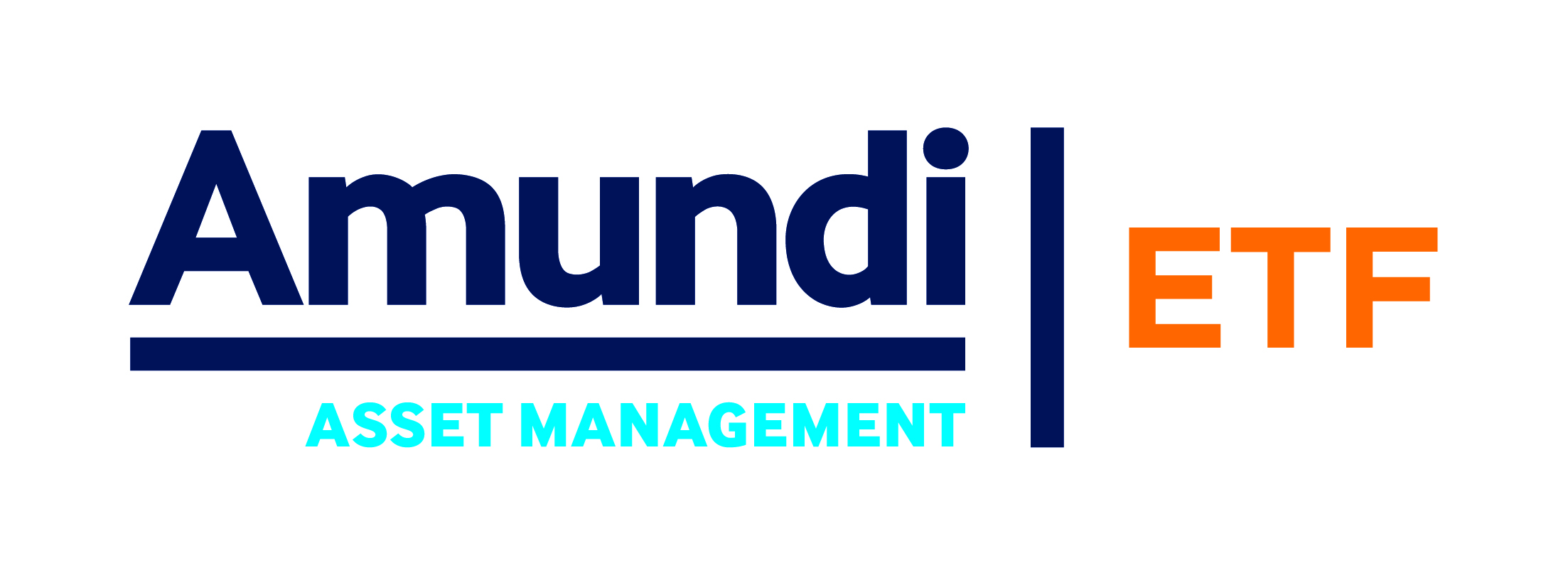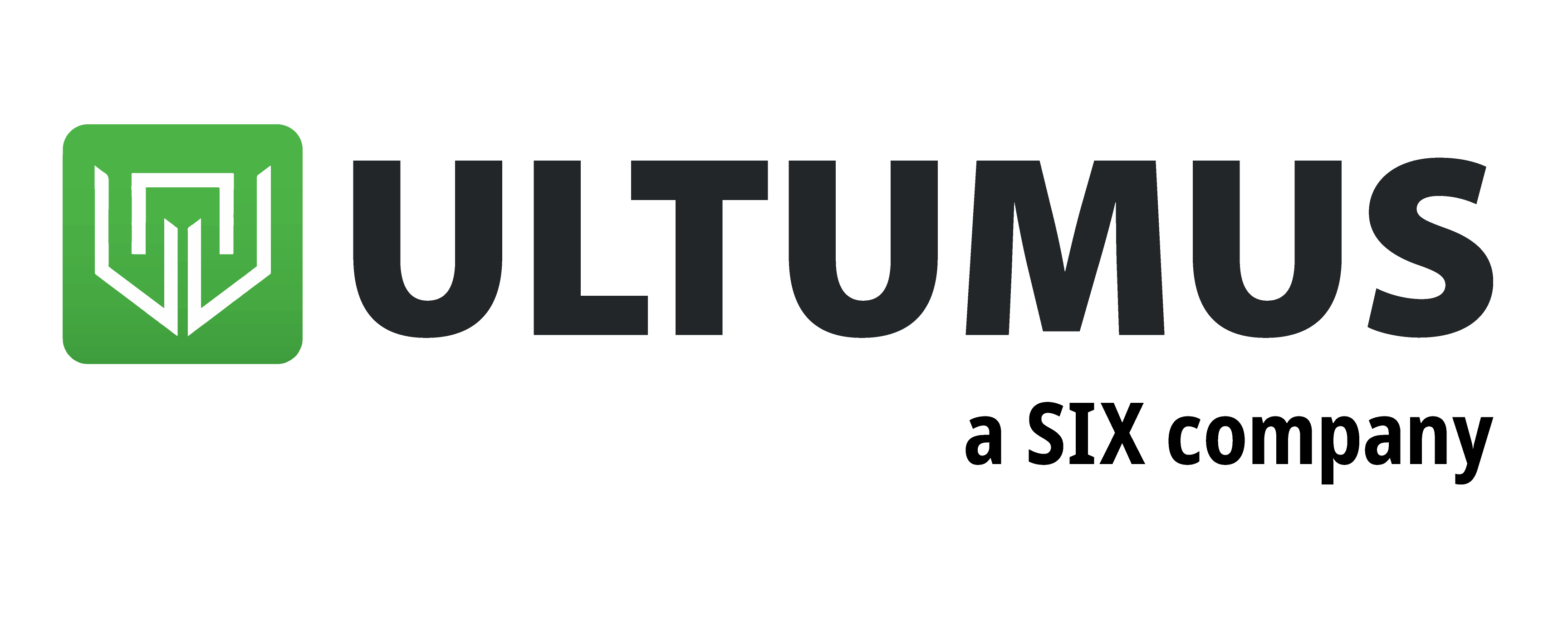Investors with pent-up cash held in their portfolios are looking to capture the momentum swing into ESG ETFs which dominated the inflow charts last week.
Both equity and fixed income ESG ETFs saw substantial flows in the week to 3 August, with eight out of the top 10 ETFs for inflows having an ESG tilt, despite concerns that interest in sustainable investing might be cooling following a tricky start to the year for markets.
ESG ETF inflows faired better than their non-sustainable counterparts over the second quarter, recording €4.2bn inflows but still half of the inflows achieved in Q1, according to Morningstar.
Leading the way was the Xtrackers MSCI USA ESG UCITS ETF (XZMU) which recorded inflows of $1bn, followed by the Xtrackers ESG EUR Corporate Bond UCITS ETF (XB4F) which saw inflows of $846m, according to data from Ultumus.
This was followed by the iShares MSCI USA ESG Enhanced UCITS ETF (EEDS) which gained $822m of assets over the week.
ESG inflows were felt across regions as well as asset classes, with the iShares MSCI EMU ESG Enhanced UCITS ETF (EMUD) recording $248m inflows while investors piled a combined $486m into the Xtrackers MSCI Europe ESG UCITS ETF (XZEU) and the Xtrackers MSCI Japan ESG UCITS ETF (XZMJ).
On the fixed income side, the iShares € Corp Bond SRI UCITS ETF (SUOE) saw inflows of $346m while the iShares € High Yield Corp Bond ESG UCITS ETF (EHYA) and the Amundi Index Euro Agg SRI UCITS ETF (EGRI) recorded net new assets of $268m and $183m, respectively.
Simon Klein, global head of passive sales at DWS, said part of the trend can in part be explained by a rotation from non-ESG ETFs to ESG ETFs.
“We continue to see switches from non-ESG into ESG index trackers, which is part of a broader trend of sustained high demand for ESG strategies, despite this year’s challenging market environment.
“We will continue to expand our ESG range to meet that demand and expect further positive flow momentum into these products.”
For example, XB4F’s non-ESG counterpart the Xtrackers EUR Corporate Bond UCITS ETF (XBLC) recorded outflows of $596m over the same period while the iShares MSCI USA UCITS ETF (CSUS) posted outflows of $118m.
Damien Lardoux, head of impact investing at EQ Investors, said the inflows reflect a short-term momentum play by large institutional investors looking to capture a potential recovery in the stock market.
Since its year-to-date lows in mid-June, the S&P 500 ESG index is up 12.6% with investors looking to get a piece of the pie.
“A lot of flows within the ETF universe are made by large institutional investors that can have a very short-term horizon,” he said.
“For several investors, the short-term momentum has turned from negative to positive and with a higher than usual level of cash in portfolios for those investors, they don’t want to miss out on a potential strong recovery.”
Despite this, Lardoux believes it is still too early to suggest investors have called the bottom of the market.
“There remains a huge amount of uncertainty and with central banks data dependent, we would need to see inflation coming down materially in the coming months and quarters to see the pressure on growth companies and bonds easing much further,” he said.
ESG products could be set for a further boon over the next few months following the introduction of the new MiFID II obligation that requires discretionary fund managers (DFMs) to ask about their client’s preferences on sustainable investments.
However, such measures could be dogged by the same issues that hamper sustainable investing more broadly, patchy data and differences in product labelling.
Related articles







